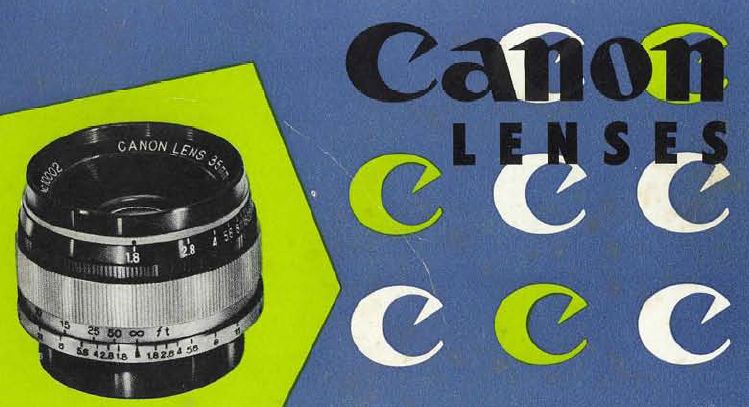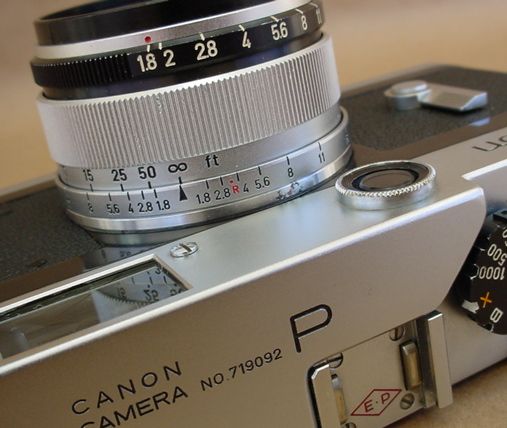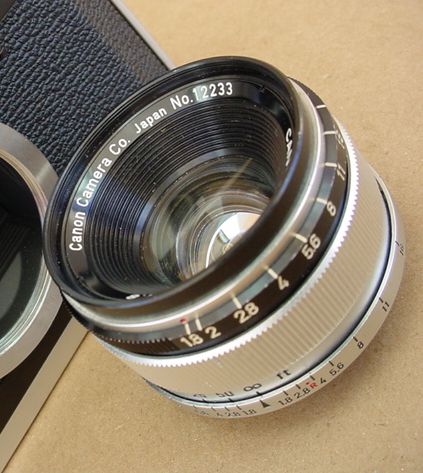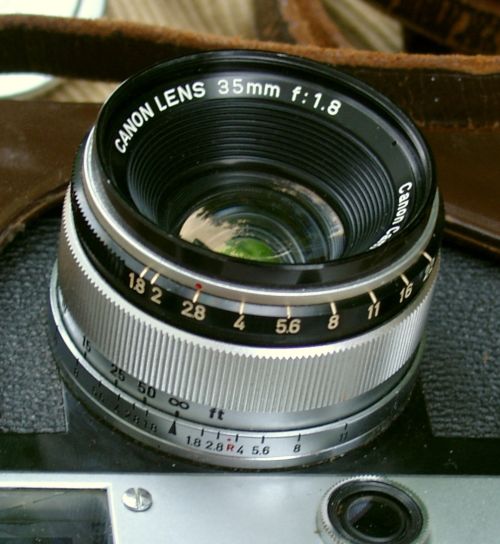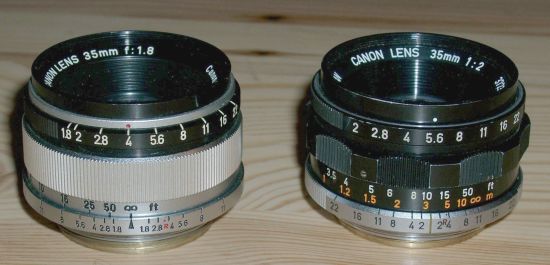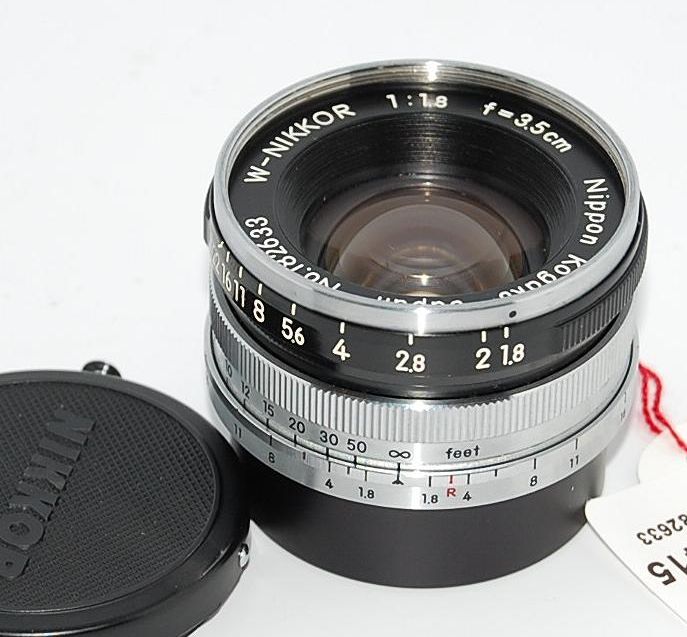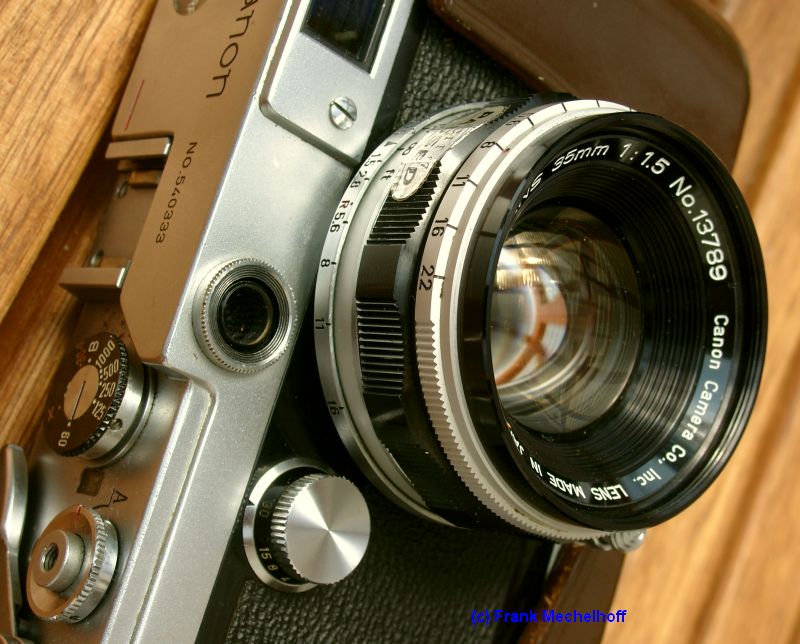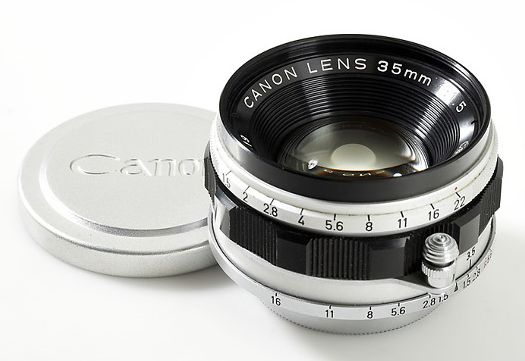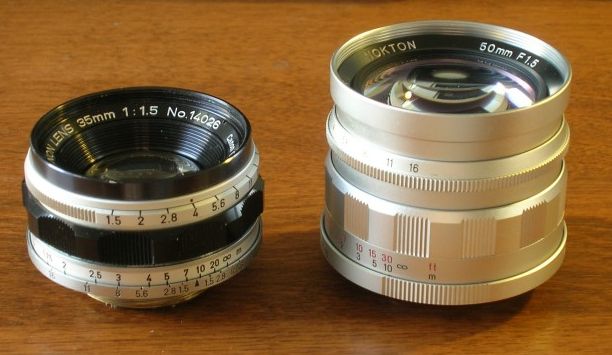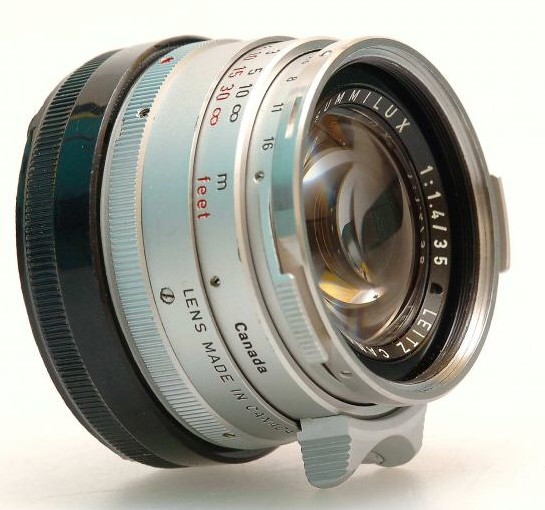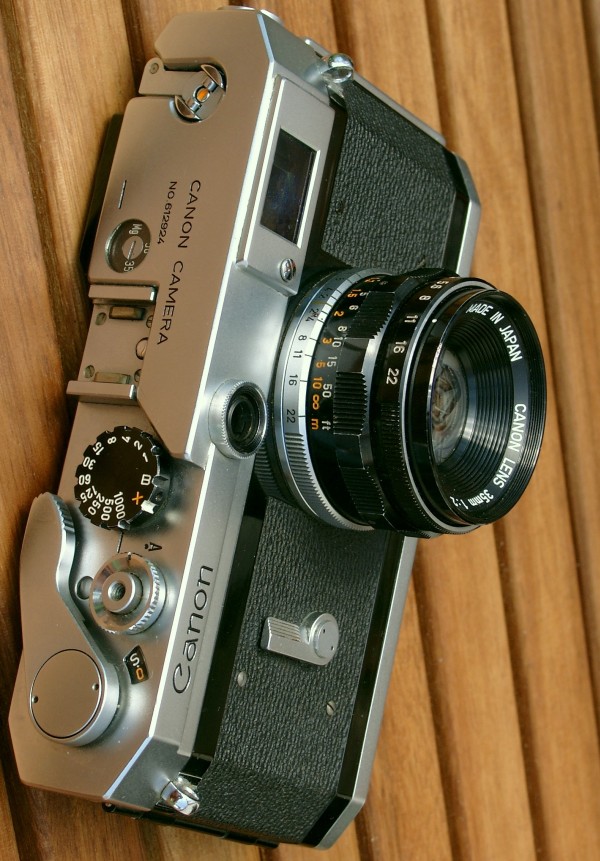Michael
Darnton, Sep 30, 2004; 08:04 p.m.
I had a 35/1.5. It was a bit of a dog wide
open, and I traded it for a 35/1.4 RF Summilux. Which was worse wide
open. But the Summilux was nicer, overall. I wouldn't get another of
the Canon, and I do really like Canon RF lenses. My 85/1.5 Canon is
much better, by the way.
The 35 RF Summilux was a dog, very soft at f/1.4 and
vignetted badly!
Al
Kaplan - Miami, FL ,
Sep 29, 2004; 10:45 p.m.
,
Sep 29, 2004; 10:45 p.m.
I used to have Canon 1.8/35one back in the 1960's. It was
better than the 35/1.8 Nikkor and probably as sharp as the 8 element
first version 35/2 Summicron, with maybe a bit more contrast than the
'cron.
